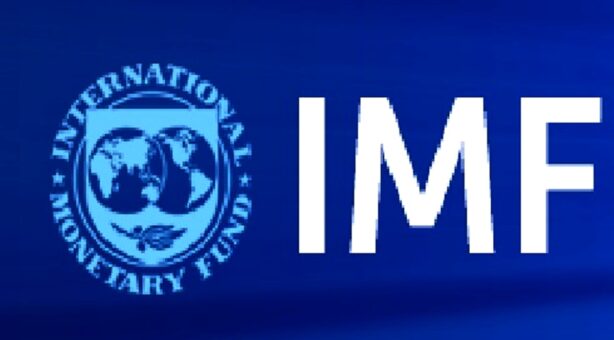Karachi, June 30, 2023: Pakistan’s new standby arrangement (SBA) with the International Monetary Fund (IMF) has surpassed expectations, according to analysts at Topline Research.
(more…)Tag: IMF
-
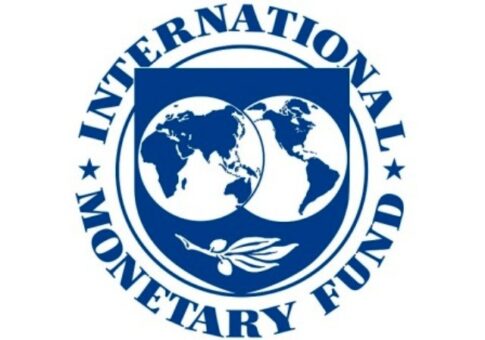
Pakistan Clinches $3 Billion IMF Bailout Package
Islamabad, June 30, 2023: Pakistan has secured a crucial $3 billion bailout package from the International Monetary Fund (IMF) as the country grapples with economic challenges and external shocks.
(more…) -
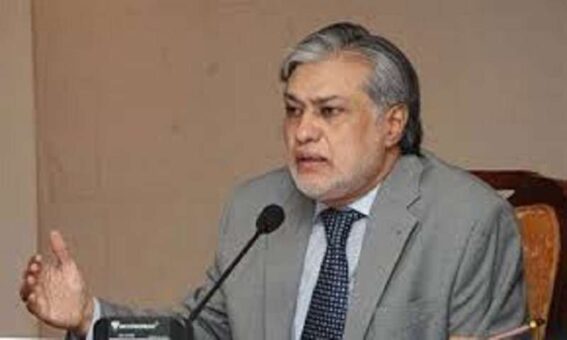
Finance Minister Ishaq Dar Optimistic about Positive IMF Outcome for Pakistan
Islamabad, June 28, 2023: Minister for Finance, Senator Mohammad Ishaq Dar, expressed optimism regarding the ongoing negotiations between Pakistan and the International Monetary Fund (IMF), stating that positive news would be announced soon.
(more…) -
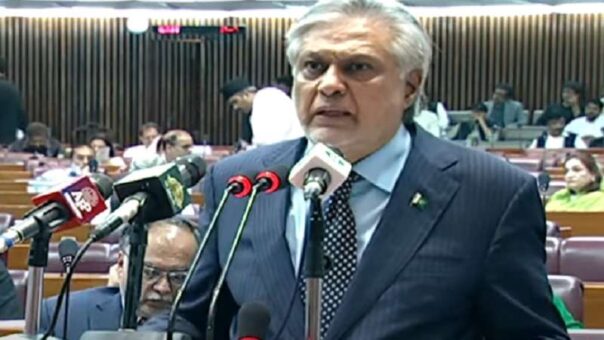
Pakistan imposes additional tax burden of Rs215 billion to secure IMF loan program
ISLAMABAD: In order to overcome the impasse in securing a loan program from the International Monetary Fund (IMF), Pakistan has imposed an additional tax burden of Rs215 billion on its citizens.
(more…) -

PM Sharif Reaffirms Commitment to IMF Program for Pakistan’s Economic Stability
Karachi, June 22, 2023: Prime Minister Shehbaz Sharif reaffirmed the Pakistani government’s full commitment to the ongoing Extended Fund Facility (EFF) program of the International Monetary Fund (IMF).
(more…) -
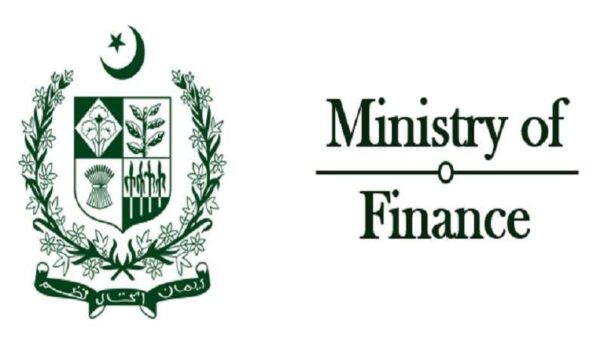
Pakistan Responds to IMF Concerns: Addressing Budget 2023-24 Issues
In response to concerns raised by the International Monetary Fund (IMF) regarding Pakistan’s budget for the fiscal year 2023-24, the country’s finance minister issued a statement on Friday, addressing the issues raised and reaffirming Pakistan’s commitment to the IMF program.
(more…) -

Pakistan’s economy grapples with stagflation: IMF
In the face of a challenging economic situation marked by stagflation, severe floods, and substantial financing needs, Pakistan has actively engaged with the International Monetary Fund (IMF) to address these pressing issues.
(more…) -

Dar explains cancellation of visit to IMF, World Bank spring meetings
On April 8th, Pakistan’s Minister for Finance and Revenue, Muhammad Ishaq Dar, held a press conference to address the cancellation of his visit to the United States for the annual and spring meetings of the International Monetary Fund (IMF) and World Bank.
(more…) -

IMF needs external financing assurances to Pakistan for taking next step
International Monetary Fund (IMF) is needed assurances of external financing to Pakistan as the required huge external financing.
(more…) -

IMF board agrees on need to develop regulations for crypto assets
The executive board of the International Monetary Fund (IMF) agreed on the need to develop and apply comprehensive regulations, including prudential and conduct regulation to crypto assets.
(more…)
